Shada Switches
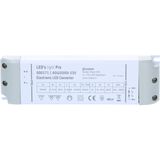
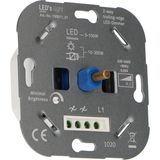
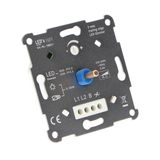
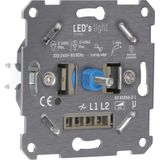
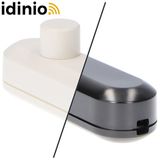
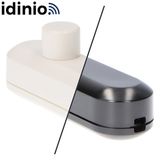
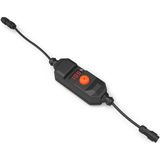





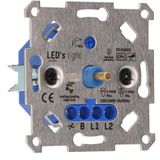
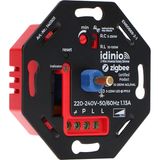

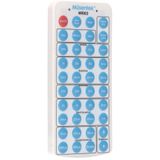
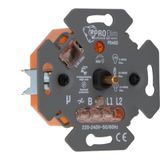
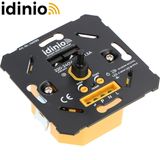



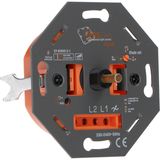
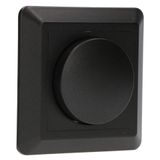

shada switches for commercial and residential projects
Shada focuses on switchgear that installs fast, tolerates daily use, and looks clean once the plates are on the wall. Ranges cover single to multi-gang layouts with consistent frame geometry, so faceplates align even when walls aren’t perfect. Installers get deep terminal wells, captive screws, and clear L/N/PE legends. Typical ratings are 250 V AC at 10 A or 16 A per circuit with IP20 indoors and IP44 gasketed options for corridors, stairwells, and bathrooms outside splash zones.
Product range and series overview
Core options include momentary and maintained mechanisms, 1-pole and 2-way schemes, intermediate inserts for complex hall circuits, and keyed versions for custodial control. Plates come in thermoset, ABS, and metal finishes; module footprints support 1×, 2×, and 3× widths in both European and UK box standards. Contact systems use AgNi or AgSnO2 tips for arc resistance; spring cages or screw clamps accept 1.0…2.5 mm² copper. Back bodies are halogen-free for occupied spaces, with UV-stable blends where sun hits the plate.
shada push button switches use cases and actuation
Momentary push buttons suit bell circuits, relay inputs, and control lines to BMS or lighting controllers. Expect short, positive travel with 50–200 g actuation force and rebound tuned for rapid sequences. NO/NC changeover versions simplify door release and sensor reset wiring. Backlit variants use low-leakage LEDs, so they don’t ghost on high-impedance inputs.
shada rocker switches formats and wiring notes
Rocker mechanisms cover the daily work—1-gang 1-way to 4-gang 2-way with intermediate options. Rocker geometry keeps the pivot consistent across plate sizes, which helps users find the switch in low light. For loop-in at the switch, choose bodies with ≥12 mm clear depth behind terminals; they’ll swallow two conductors per pole without pinching insulation. Where retrofits reuse shallow boxes, specify short-body inserts and preformed jumpers to keep bend radii kind.
shada dimmer switches control types and loads
Shada offers leading-edge (TRIAC) and trailing-edge (MOSFET) wall dimmers, plus interfaces for 1–10 V and DALI-2 where projects move beyond simple phase control. Trailing-edge units pair well with modern LED drivers, minimizing filament-style buzz and reducing low-level shimmer. Published ranges commonly state 5–150 W LED or 40–400 W resistive; set minimum levels during commissioning to avoid flicker. Thermal derating applies in multi-gang plates—leave spare gangs or use spacer frames when several channels share a box.
Technical specifications and standards
Mechanisms meet endurance in the 50k–100k operations band under resistive load; many carry motor-load guidance for fan circuits. Glow-wire resistance typically sits at 650–850 °C on visible plastics. Contact clearance and creepage follow the usual 250 V AC mains tables; impulse withstand is commonly 2.5–4 kV. Reference standards include EN/IEC 60669-1 for switches and 60669-2-1 for electronic controls. EMC for electronic dimmers aligns with EN 61000 series; audible noise limits are managed via soft-start and controlled dv/dt. For plates exposed to cleaning regimes, look for solvents list and micro-texture finishes that resist swirl marks.
Applications and compatibility
Apartments and hotels standardize on 2-way plus intermediate for corridor logic; offices mix standard circuits with scene buttons tied to control gateways; classrooms benefit from large-cap buttons students actually hit; retail back-of-house prefers vandal-resistant plates and screw-covered frames. When a specification calls out shada wall switches by room type, note plate finish, ingress class, and any locator LED requirements in the drawing notes. Where architectural lines must stay minimal, flat plates with low-profile rockers keep projections small around cabinetry and glass.
Integration with other Shada products
Switch boxes line up with Shada conduit and trunking so power and SELV can be separated by dividers. Use the brand’s compression glands and label frames to keep legends consistent with panels, and pick ceiling roses or connectors from the lighting accessories range when a switch loop feeds directly to a luminaire. For exposed ceilings and workshops, pair metal plates with Shada steel conduit to maintain a consistent mechanical language across the fit-out.
Selection criteria for B2B clients
Start with circuit logic—1-way, 2-way, or intermediate—then pick the mechanism and load type. Check plate material against housekeeping chemicals, and confirm box depth versus conductor count. Reserve 20–30 % current margin on motor or capacitive loads. Where drivers vary across floors, choose universal trailing-edge dimmers and lock min-level during handover. If the program uses prebuilt room kits, align finishes and module codes with the schedule to avoid mix-ups. On repeatable footprints, the shada modular switch range keeps spares simple—swap inserts without replacing frames.
Notes on complementary mechanisms
Projects that need a tactile cue or a visible state often add a small number of shada toggle switches in plant rooms and AV racks; keep these out of public zones unless the interior concept embraces exposed hardware. For custodial resets and access points, keyed mechanisms reduce nuisance operation and keep manual overrides available during controls work.
Advantages of working with Bankoflamps
We align pricing with your room lists and confirm live EU stock before installers are booked. Quotations typically return in around an hour with EAN/MPN so mechanisms, finishes, and ratings don’t drift between phases. Your portal shows lead times, shipment milestones, and downloadable price files, with stable validity windows that match project gates. Approved accounts can use post-payment up to 30 days. We consolidate partials to reduce freight, and your account manager cross-checks circuit type, box depth, frame size, ingress class, dimmer load, and labeling against your drawings—so cartons land site-ready and crews spend time installing, not re-picking.